Photography courtesy of the Davis Museum
The jewel-box interior of the Davis Museum at Wellesley College gleams more brilliantly than ever after the reinstallation of the museum’s permanent collection last fall. More than a re-hanging, the project involved a re-envisioning of the entire collection. Thoughtful redesign of the galleries not only doubles the number of objects on display (from roughly 300 to 600), but also gives visitors a deeper understanding of the objects’ cultural and historical context.
As a regular visitor to the Davis, I felt at home with the changes. While there are many new works to see, familiar paintings pop up like old friends encountered in unexpected places. For example, two of my favorites, double portraits of women—Wellesley Girls (1967) by Alice Neel and Loading (2011) by Tim Okamura—were relocated to the previously empty stair landings, which overlook the galleries above and below. From the galleries, you can see both paintings, setting up a dialogue between the two pairs of women. Also, as Lisa Fischman, Ruth Gordon Shapiro ’37 Director of the Davis, points out, these portraits provide a “female gaze” onto the collection.

Similar touches can be found throughout the museum, including evidence of an understated sense of humor. In the fifth-level contemporary gallery, a small work by Jackson Pollock hangs next to a larger painting by Lee Krasner, his wife for a decade. Krasner, despite being a celebrated artist in her own right, could never quite escape being linked to the titan of Abstract Expressionism. “Only at Wellesley would the Pollock be this tiny painting and the Krasner be this huge, beautiful painting,” Fischman says with a laugh.
Denser, Richer, More Substantive
The curators moved key pieces of the collection to where they can be seen and better appreciated. An exquisite 5th-century mosaic was relocated (carefully, because it weighs more than four tons) from the museum’s fifth level to the second level, where it serves as the centerpiece of the Greek and Roman collection. Instead of being displayed vertically on the wall, it’s now installed on a platform just above the gallery floor. You can walk the perimeter and appreciate the mosaic as its makers intended—as the floor of a Roman villa.
Moving the art has also prompted new associations. Looking up from the mosaic, you can see the 20th-century Sol LeWitt drawings one story above on the wall, making possible what Fischman calls “a conversation between geometric forms over an extraordinary span of time.”
While no changes were made to the building’s footprint, the reinstallation involved removing temporary gallery walls and replacing them with newer, thinner walls reconfigured to maximize hanging space. The galleries are mostly laid out chronologically and geographically, with generous maps and timelines. They feel denser, richer, and more substantive.
A chronological and contextual approach may sound obvious for a teaching museum, but the previous installation was organized around themes such as “Perceiving Space in Art” and “Stories, Ideals, and Beliefs.” The curators wanted to change that. “Presenting art to illustrate a point diminishes the work, so that it only speaks to one issue,” Fischman says. “Art doesn’t function that way, and the histories it carries are more complex than that.”
Connections Across the Collection
Nowhere is this complexity more evident than in the early American and 19th-century American galleries. In the first gallery, you encounter Colonial-era portraits and silver (some made by female silversmiths) that express the wealth and tastes of European-Americans.
In the next gallery, you’ll see mid-19th-century landscapes by painters of the Hudson River School that depict pristine, Eden-like wildernesses. It’s easy to see how these romanticized images exerted a pull on the popular imagination of the time. They embody the fulfillment of America’s “Manifest Destiny”—the belief in a preordained right to expand across the continent.
Across from the Hudson River School landscapes are examples of Native American pottery, drawings, and beadwork. During the same period, tribes were creating practical and beautiful objects that expressed their identity, spirituality, and connection to the land. Here, contrasted within the same gallery, are radically different sets of values and means of expression. The galleries make this juxtaposition of cultures and objects striking and poignant.


Kholuka (initiation mask, Yaka), 20th century
Another place where the reinstallation shines is three new galleries devoted to African art, previously a neglected realm of both scholarship and floor space at the Davis. After the curatorial staff had drafted a list of objects for possible display, in consultation with outside experts, the museum hired Amanda Gilvin, a specialist in African art, as assistant curator. She took the lead in researching the 85 artworks on display. The collection includes masks and other ceremonial objects, as well as a sparkling collection of small bronze weights used for the West African gold trade.
Gilvin examines African art through a cultural lens, using photographs and wall text to explain the uses of ceremonial objects, such as the D’mba, or shoulder mask, made in the first half of the 20th century by the Baga people of the Republic of Guinea. Gilvin’s scholarship reclaims the intent and use of these objects, which played an important role in village life. She also explores how these artworks were collected and brought to Wellesley.
A goal of the reinstallation is to show how the entire collection has evolved since the College’s founding in 1875. “We wanted to think transparently about how objects arrived, about the collection’s history here,” says Meredith Fluke, Kemper Curator of Academic Programs. To that end, the museum now includes a display called “Wellesley Collects.” (More about that later.)
Object Lessons
To prepare for the reinstallation, the curatorial team assessed the Davis’s holdings—which span four millennia and comprise more than 12,000 objects. In early 2014, Claire Whitner, assistant director of curatorial affairs, and her predecessor, Eve Straussman-Pflanzer, began reviewing a list of 6,000–7,000 objects that could potentially go on permanent view.
They evaluated the museum’s existing curatorial expertise and invited Wellesley faculty and outside scholars to review areas that were beyond their collective knowledge, Whitner says.
As decisions were made about which objects to include, Whitner and Straussman-Pflanzer worked with Mark Beeman, manager of exhibitions and collections preparation, to determine the display-case requirements. Architects Rice + Lipka supervised the wall construction and worked with local fabricators on the display cases.
During the summer of 2016, the team spent long hours overseeing the placement of art in the galleries. The reinstallation is the most ambitious museum project undertaken since the Davis building opened in 1993.
Wellesley and the Arts
Wellesley’s museum is one of the oldest academic art museums in the country, and a goal of the reinstallation was to tell the story of the College’s educational leadership in the arts. The “Wellesley Collects” wall on the second level explores that legacy. The College was the first in America to offer an art-history major. In the 1920s, Alfred H. Barr, Jr., taught the first course in modern art in the United States. (Barr went on to become the founding director of the Museum of Modern Art in New York.) Wellesley was also the first undergraduate college to teach the history of photography.
Faculty and students continue to reap the rewards of this rich artistic history. “The museum is essential to what we do,” says Rebecca Bedell ’80, associate professor of art. “It’s as important to us as a laboratory is to the science departments.”
Opportunities for students abound. The reinstallation includes several table displays of objects organized and researched by student interns. A new mobile app, Cueseum, features student-developed content. (See “What’s App at the Davis,” below.)




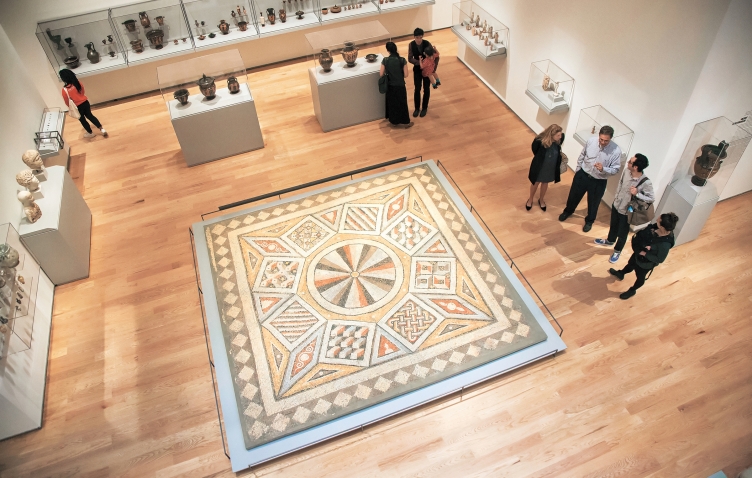
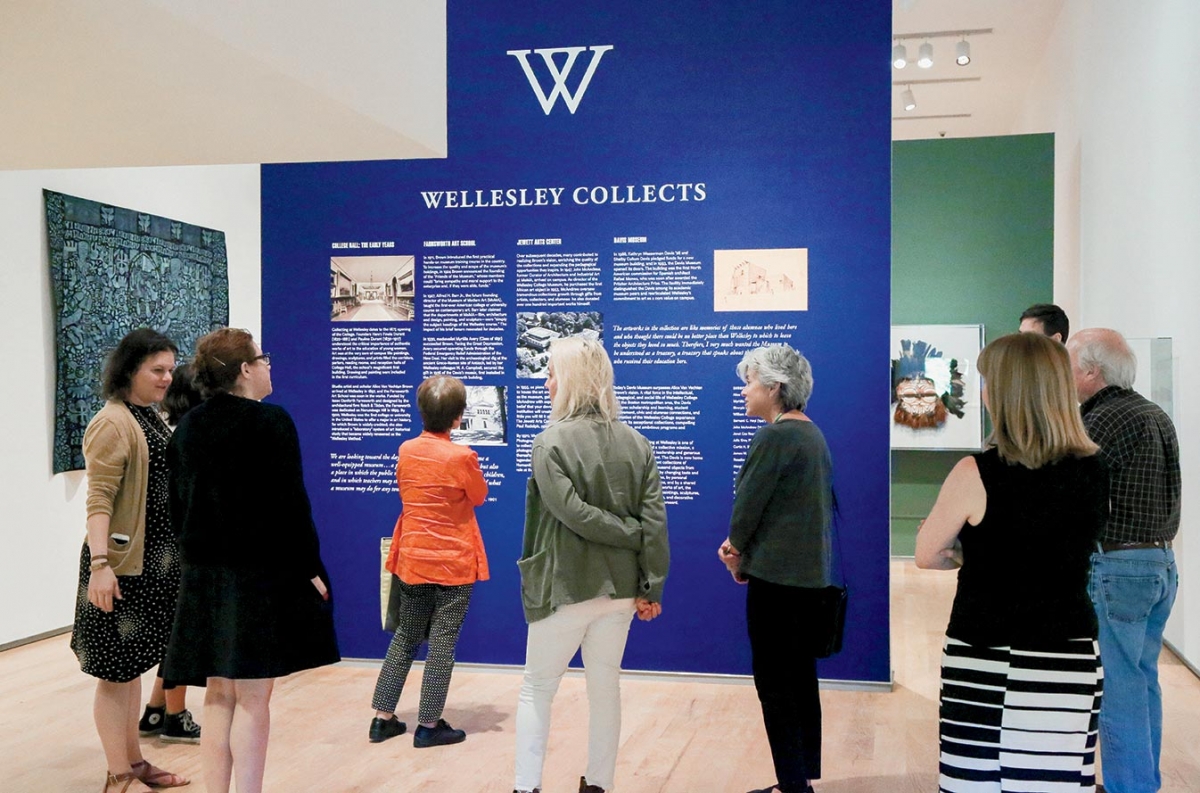

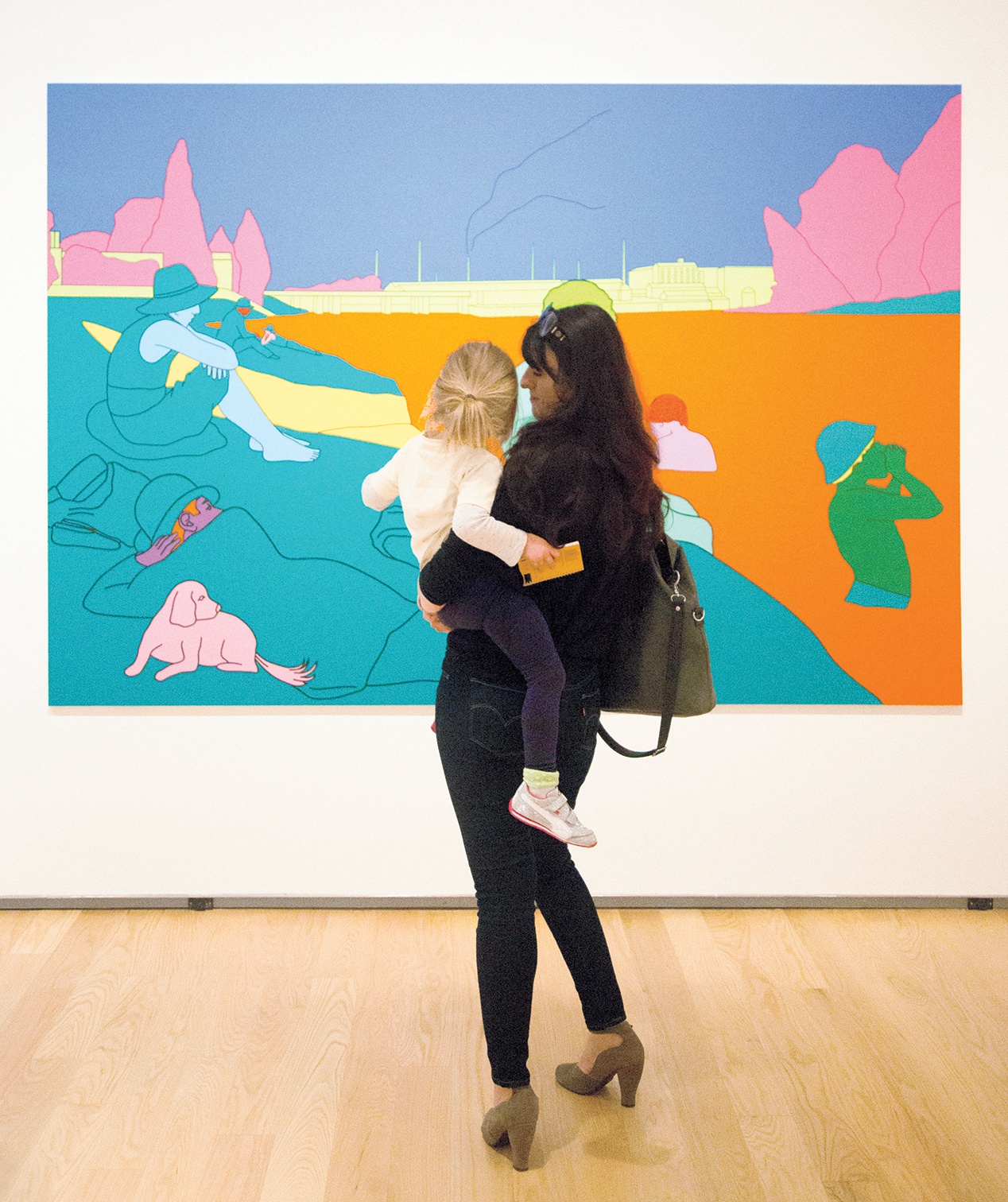



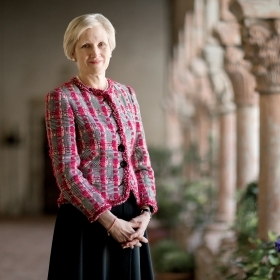
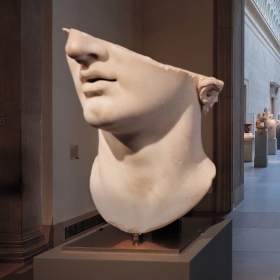
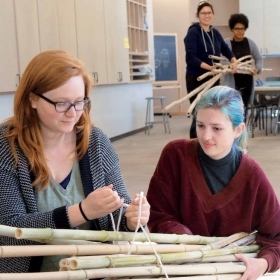
We ask that those who engage in Wellesley magazine's online community act with honesty, integrity, and respect. (Remember the honor code, alums?) We reserve the right to remove comments by impersonators or comments that are not civil and relevant to the subject at hand. By posting here, you are permitting Wellesley magazine to edit and republish your comment in all media. Please remember that all posts are public.